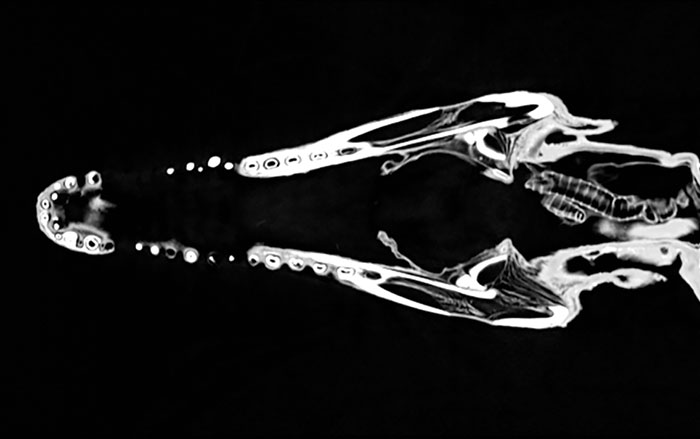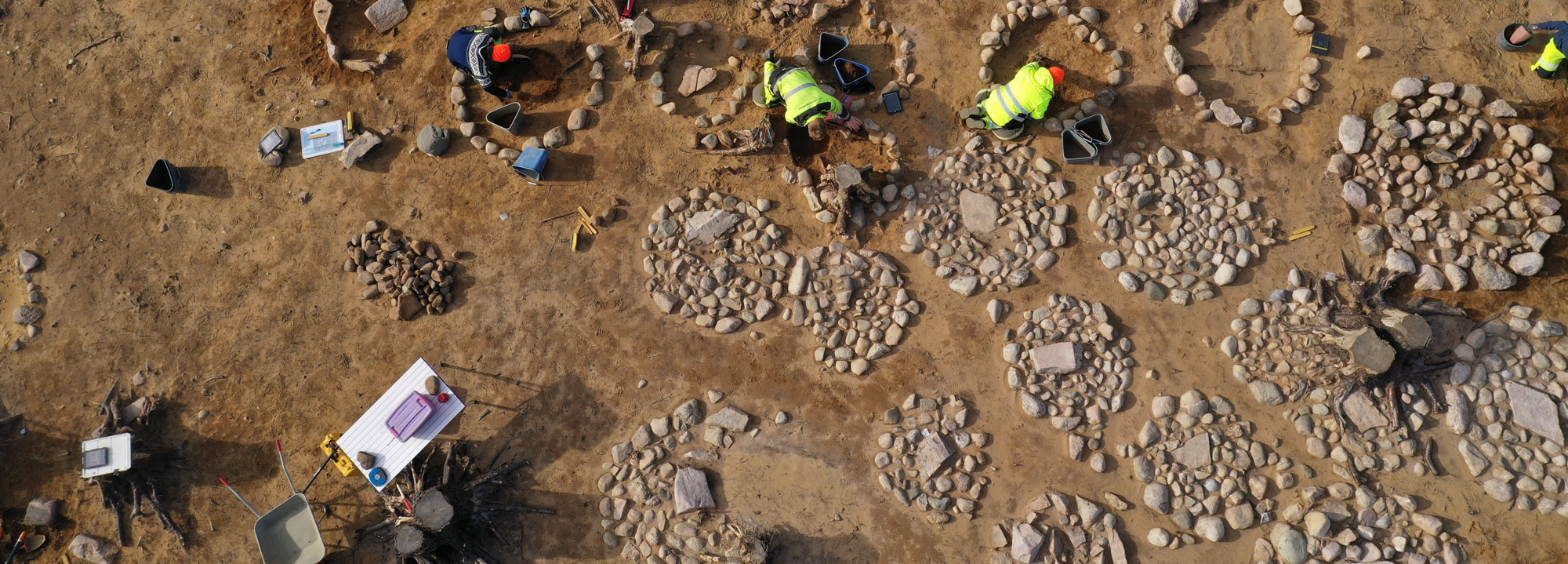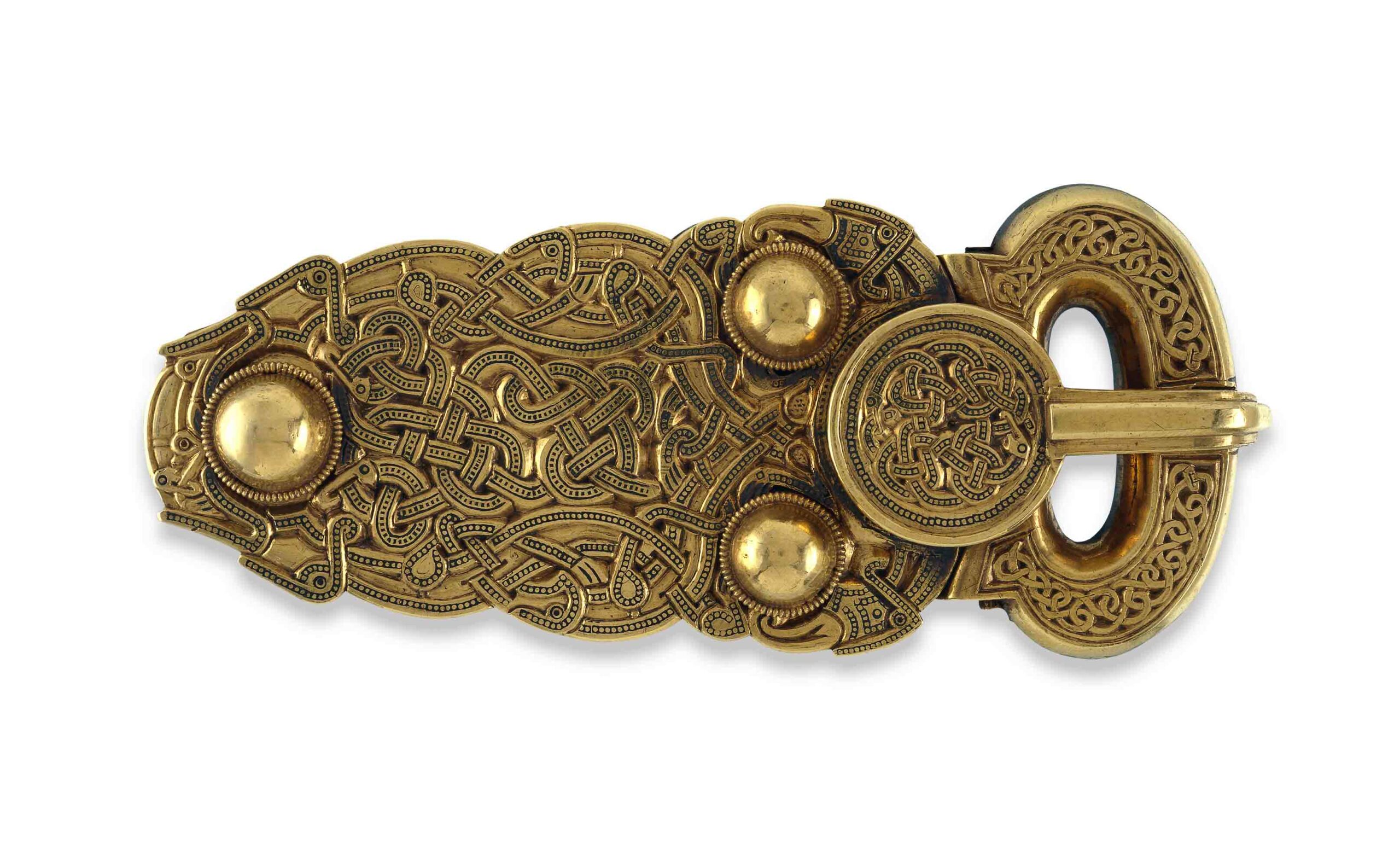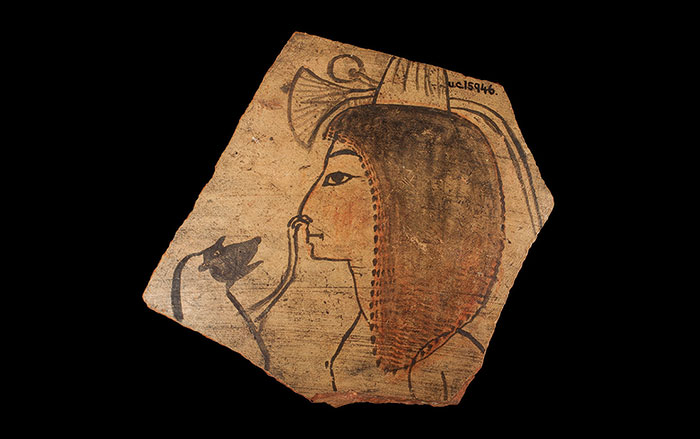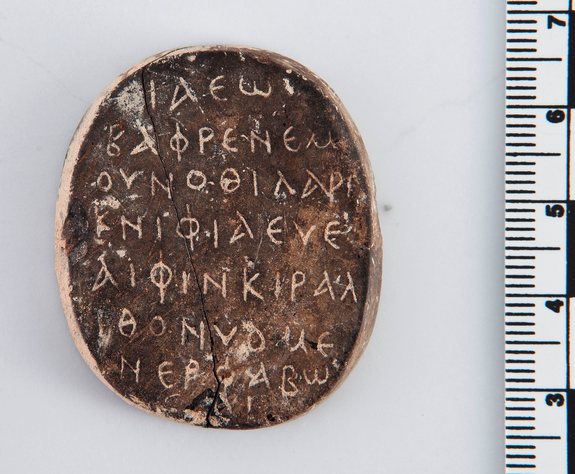
KRAKOW, POLAND—Polish archaeologists working at the site of Nea Paphos in Cyprus have discovered a 1,500-year-old amulet containing an inscription that reads the same backwards as forwards, making it a palindrome. Livescience reports that on one side of the amulet are crude carvings depicting the Egyptian god Osiris lying on a boat, as well as Harpocrates, the Greek god of silence. On the reverse, a 59-letter inscription reads "[a god] is the bearer of the secret name, the lion of Re secure in his shrine." Amulets depicting gods were long used as good-luck talismans in the ancient world, but at the time this one was made, Cyprus was part of the Eastern Roman Empire and Christianity was the official religion. Both the iconography and inscription show that people persisted in practicing traditional religions into the Christian era and that Christianity overlapped with pagan beliefs for some time. But the amulet also demonstrates that familiarity with traditional beliefs may have been fading by the time it was made. For instance, while the artisan who made the amulet correctly depicted Osiris as mummified, they also chose to show Harpocrates covered with bandages, which is incorrect. This suggests the artisan may not have fully understood the religious iconography being depicted. To read more about the site, see "Large Buildings Discovered at Nea Paphos."




